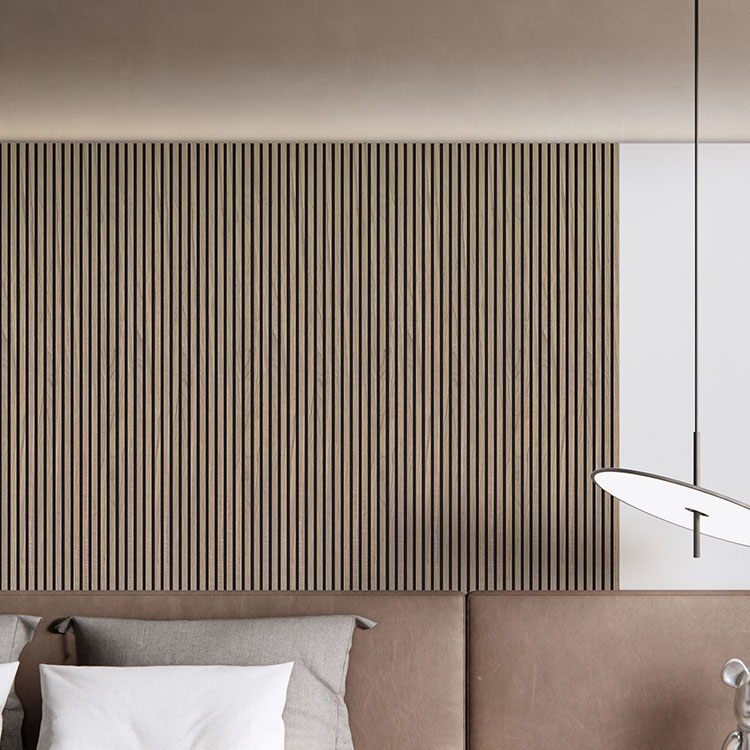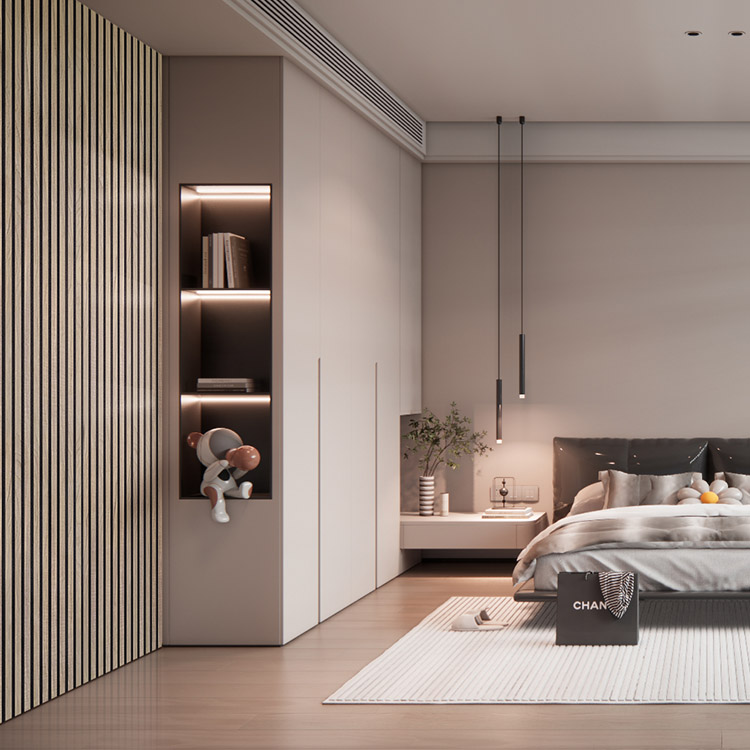Bestrich epoxy colored sand floor coating quality ranks among the best in China!
The core advantages of BestRich epoxy colored sand floor paint are:
1. Excellent Environmental Performance
A:BestRich water-based epoxy colored sand floor paint uses water as a dispersion medium, resulting in extremely low VOCs and no irritating odor during application.
B:The production process emits few toxic gases, harming worker health. It is also highly safe to transport, eliminating the need for specialized hazardous chemical vehicles.
C:Compared to traditional oil-based flooring materials, it reduces hazardous material emissions by over 90%.
2. Outstanding Decorative Effects
A:This product offers a wide range of color options and mix-and-match options, with a glossiness of up to 90°, achieving a mirror-like finish. Effects
B:The unique texture of colored sand flooring allows for the division of functional areas, enhancing the visual depth of the space.
C:Customizable pattern designs are available to meet the individual needs of commercial spaces.
3. Excellent Physical Properties
A:Abrasion Resistance: Hardness reaches over 7H, capable of withstanding prolonged impact from heavy equipment.
B:Slip Resistance: The microporous structure provides excellent grip and maintains non-slip properties even in wet conditions.
C:Chemical Resistance: Effectively resists oil, dirt, and corrosive liquids.
D:Service Life: Over 10 years with proper maintenance.




